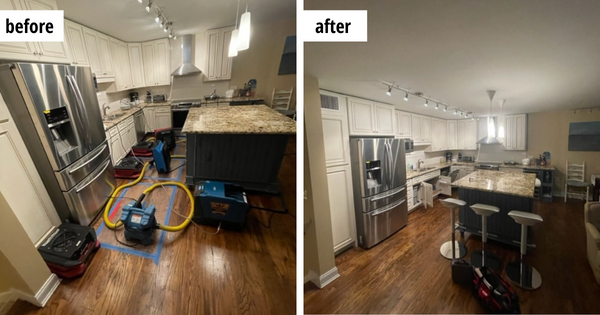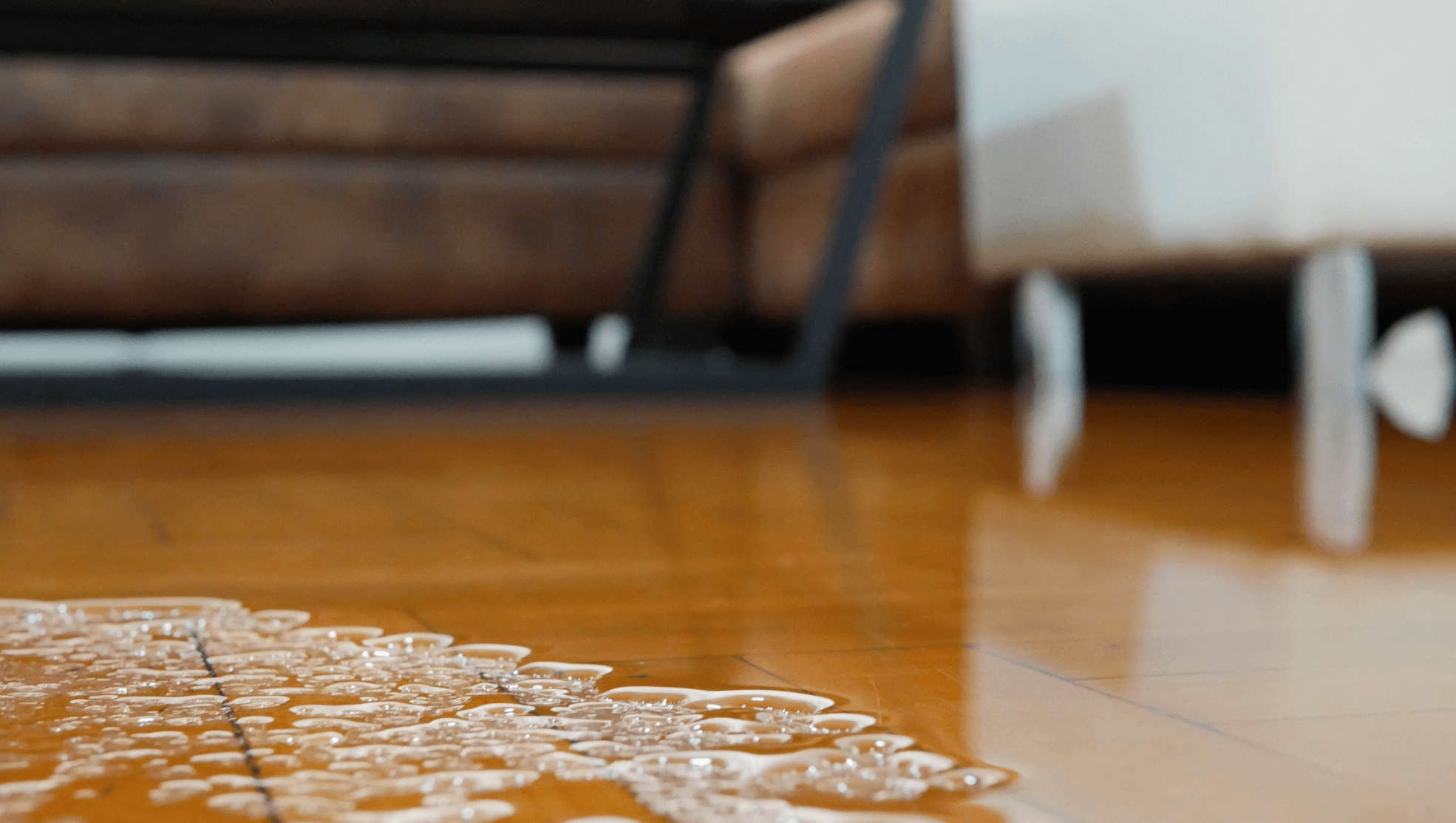Complete Mold Remediation Philadelphia: Crafting a Much Healthier Indoor Setting
Complete Mold Remediation Philadelphia: Crafting a Much Healthier Indoor Setting
Blog Article
Emergency Water Damage Repair: Swift Response to Minimize Further Damage
Water damage can strike suddenly and leave damaging results on companies and homes. When encountered with such a circumstance, a quick action is critical to decrease more damages and protect against possible wellness threats. What precisely does emergency situation water damages restoration require? In this conversation, we will certainly dig into the significance of immediate activity, the analysis procedure, the actions included in water extraction and drying out, mold and mildew prevention and remediation, and ultimately, the reconstruction of the damaged location. By comprehending the urgency and thorough nature of this procedure, you will gain beneficial understandings into how experts deal with emergency situation water damages, making sure a swift and effective reaction.
Relevance of Swift Response
Swift feedback is of utmost importance in water damages restoration to decrease additional damage and mitigate possible threats. When water damage takes place, whether because of a burst pipeline, a natural disaster, or any kind of various other unpredicted event, time is important. The longer water beings in a building, the even more damage it can cause. This is why it is critical to act swiftly and efficiently to get rid of the water and begin the restoration procedure.
One of the major factors speedy response is essential in water damage repair is to protect against the development of mold and mildew and mildew. Mold not only causes further damages to the framework of the building however also postures wellness risks to occupants.
Water damages can be ravaging, especially when it influences personal items of sentimental or financial value. Performing quickly allows specialists to examine the damage and apply proper remediation methods to salvage as much as feasible.
Examining the Extent of Damages

During the analysis, reconstruction specialists completely analyze the damaged location to determine visible indicators of damages, such as water spots, warped products, and mold and mildew growth. They additionally use customized devices to discover covert damages, such as dampness meters and thermal imaging video cameras. This comprehensive evaluation permits them to precisely identify the degree of the damage and create a tailored restoration strategy.
Evaluating the extent of water damages is vital due to the fact that it aids professionals prioritize their initiatives. They can determine areas that need instant focus, such as standing water elimination and drying out, to avoid further damages and minimize the threat of mold and mildew development. They can also determine the areas that need repair services or replacement, guaranteeing that no damages goes unnoticed or neglected.

Water Extraction and Drying Out Process
The water extraction and drying out procedure is a crucial action in water damage reconstruction, as it includes the removal of excess water and the detailed drying of the damaged area to avoid additional damage and mitigate the threat of mold and mildew growth. After analyzing the degree of the water damage, the next action is to extract the water from the affected area. This is usually done using specific tools such as dehumidifiers, vacuums, and pumps. These devices are made to effectively and properly remove water from numerous surface areas, including rugs, wall surfaces, and floorings.
When the excess water has actually been removed, the drying out procedure starts. This action is essential in avoiding additional damage, such as structural damage and the growth of mold and mildew and mold. High-powered fans and dehumidifiers are utilized to distribute air and eliminate wetness from the air and surfaces. The drying process may take several days, depending on the degree of the water damage and the materials involved.
It is necessary to make sure that the afflicted area is completely dry before proceeding with any kind of repairs or reconstruction. Failing to extensively dry the area can bring about long-term issues, including damaged frameworks, mildewy odors, and the growth of mold and mold. Professional water damages remediation companies utilize moisture discovery equipment to make certain that the afflicted location is entirely dry before continuing to the next action.
Mold Avoidance and Remediation
Reliable mold avoidance and remediation are vital in water damage reconstruction to guarantee the safety and security and stability of the damaged area. mold remediation philadelphia. When water damages occurs, whether from a ruptured pipeline, flooding, or a dripping roof covering, it produces an ideal atmosphere for mold and mildew growth. Mold can begin to develop within 24 to two days after water damages, and if left untreated, it can spread swiftly and cause significant health dangers
To prevent mold growth, it is vital to address water damage immediately. The initial step is to fix the source and identify of the official source water invasion. Once the source is repaired, the damaged location ought to be completely dried to stop moisture from lingering. This may include using dehumidifiers, air movers, and other specific equipment to get rid of excess dampness from the air and surface areas.
In situations where mold growth has already happened, remediation is required to eliminate the mold and prevent its return. This entails the mindful elimination and disposal of afflicted materials, such as drywall or carpet, to ensure that all traces of mold and mildew are gotten rid of. It is essential to keep in mind that mold and mildew remediation should be carried out by specialists that have the required training and equipment to securely get rid of and manage mold.
Restoring the Affected Location

To start with, it is crucial to completely dry out the location to avoid any type of additional damages and to prevent the growth of mold and mildew. This may involve making use of specialized drying out tools, such as dehumidifiers and industrial-grade followers, to eliminate all moisture from the affected surface areas.
As web soon as the area is completely dry, the restoration process can start. This might include changing or repairing harmed architectural aspects, such as floor covering, ceiling, or drywall floor tiles. It is necessary to attend to any type of underlying issues that might have created the water damages, such as leaky pipelines or damaged plumbing, to prevent future incidents.
In addition, bring back the affected location may also consist of repainting wall surfaces, replacing damaged components, and thoroughly cleansing and sterilizing the room. This makes certain that not just is the area structurally audio, but it is additionally visually pleasing and safe for tenancy.
Conclusion
Assessing the degree of damages permits for effective water extraction and drying out procedures to be implemented. Generally, prompt activity and comprehensive repair measures are essential to alleviating the adverse impacts of water damage.
Swift reaction is of utmost importance in water damage repair to decrease further damage and reduce prospective dangers.Throughout the analysis, reconstruction professionals thoroughly analyze the afflicted location to determine noticeable indications of damage, such as water stains, distorted products, and mold and mildew development.The water removal and drying out process is a crucial action in water damages reconstruction, as it entails the elimination of excess water and the thorough drying out of the damaged location to protect against more damages and alleviate the threat of mold and mildew growth. After analyzing the level of the water damages, the following step is to draw out the water from the affected area.Reliable mold and mildew prevention and remediation are essential in water damage restoration to make certain the safety and security and stability of the afflicted area.
Report this page